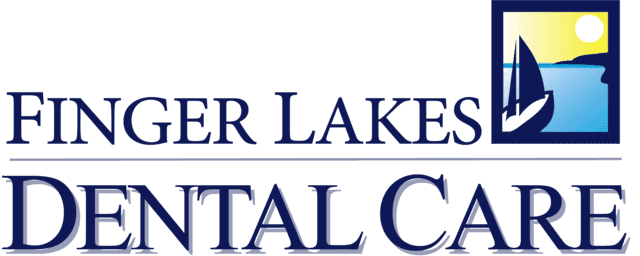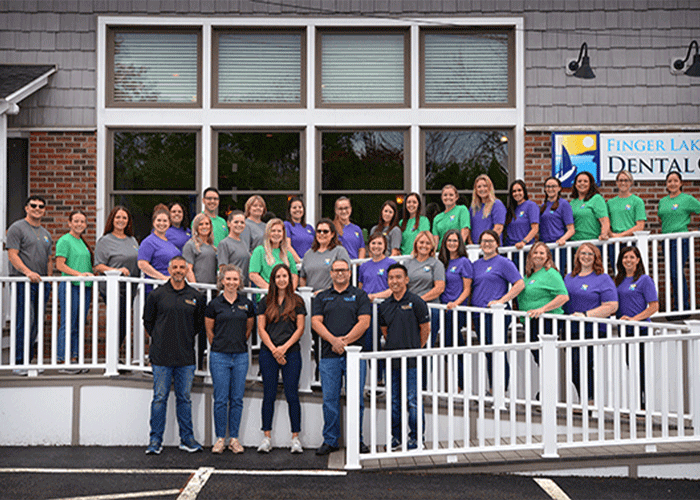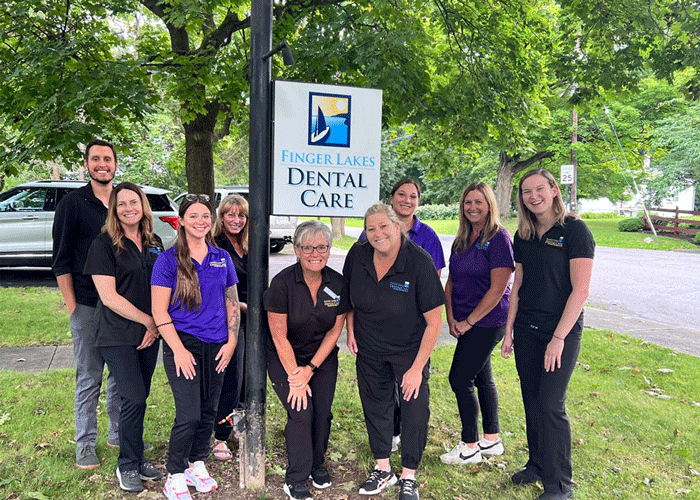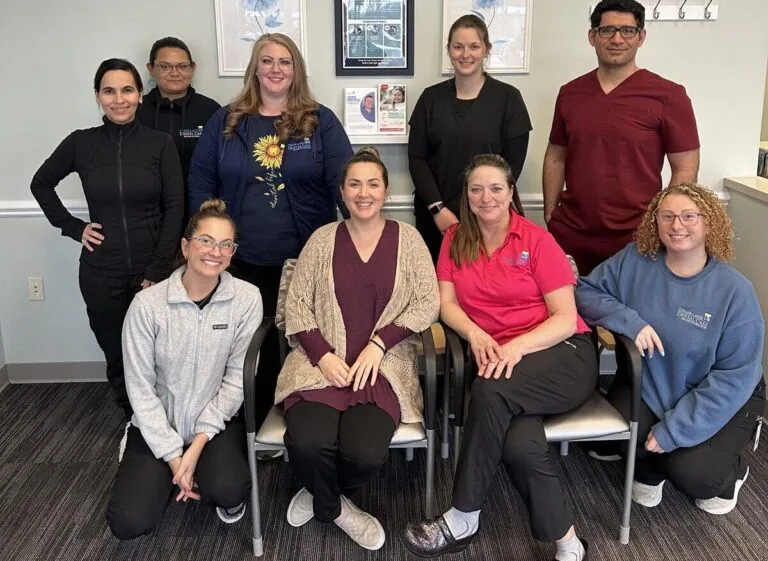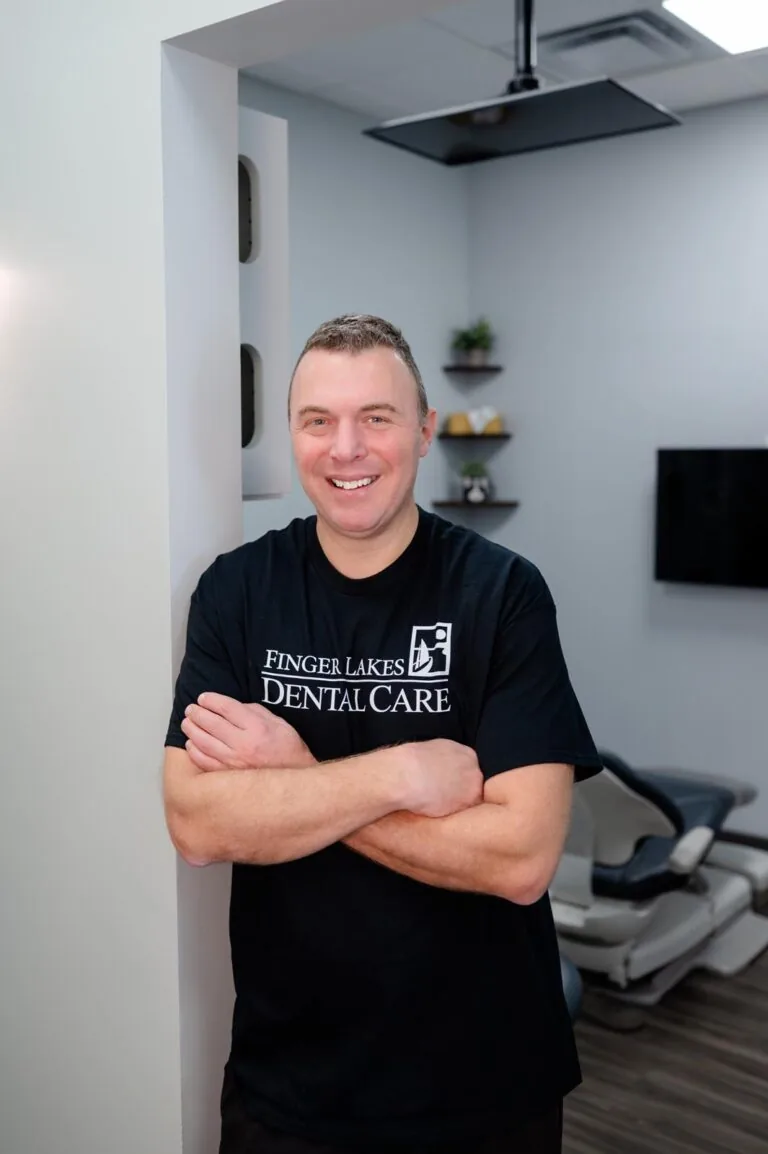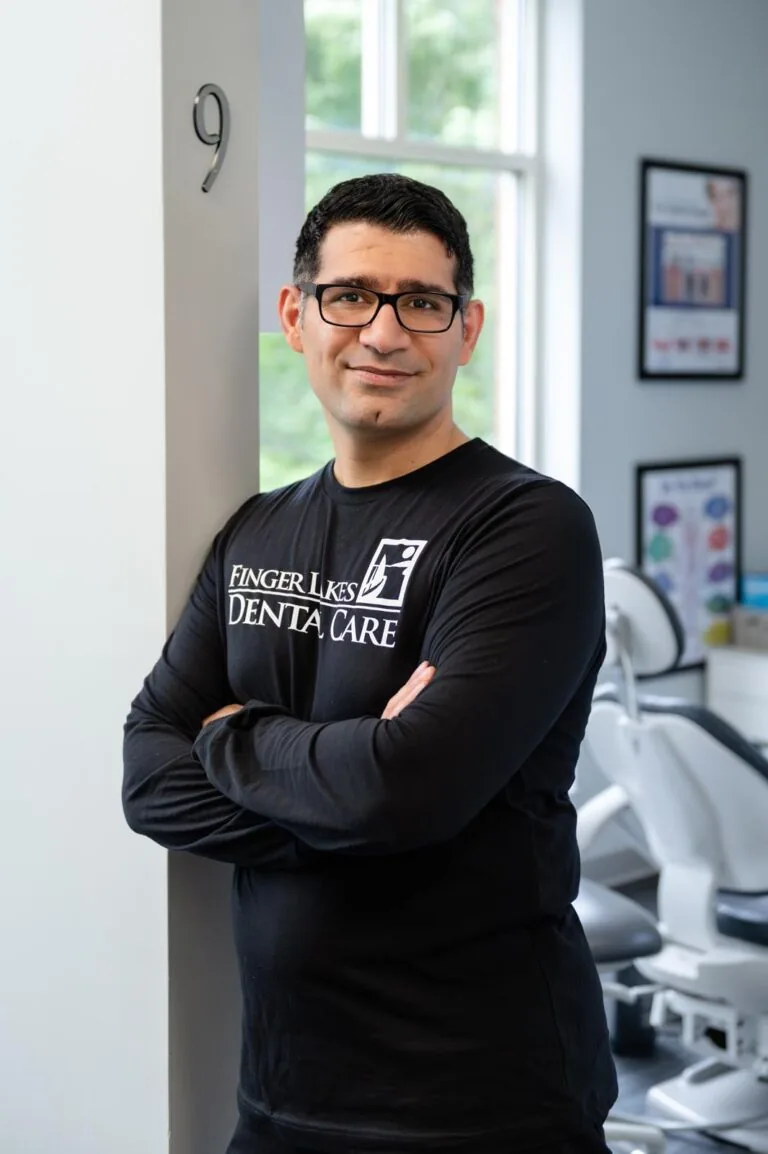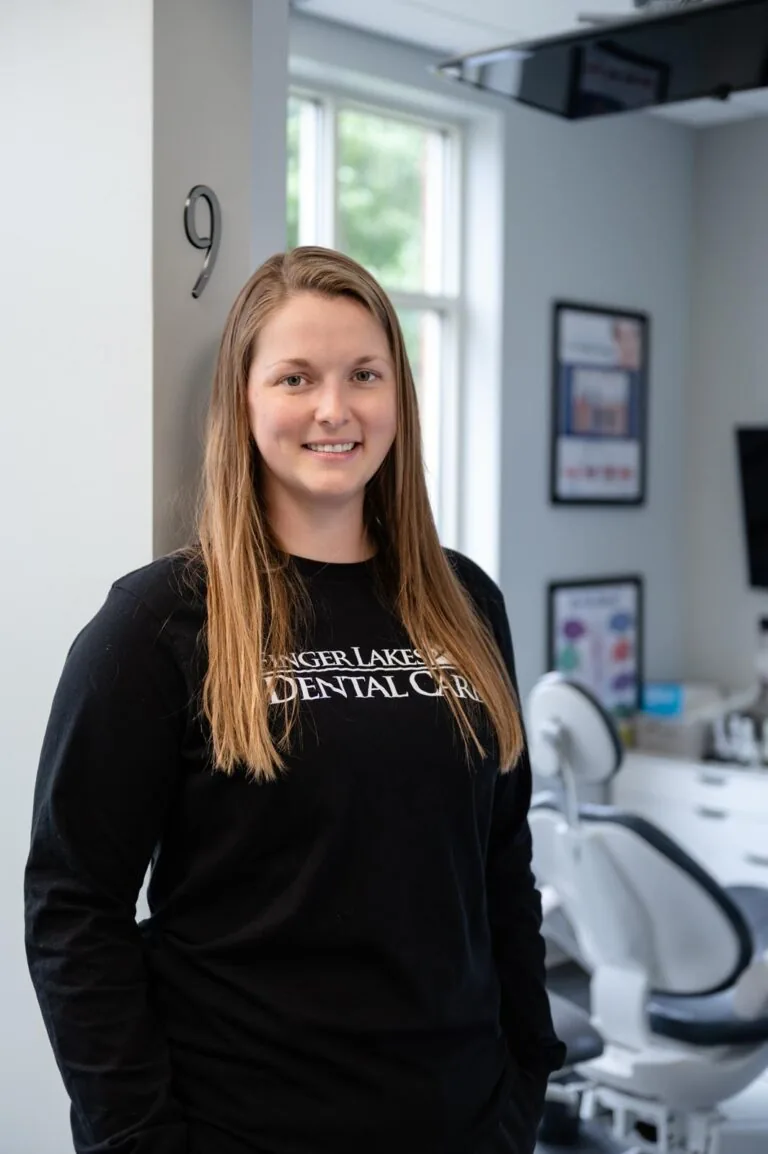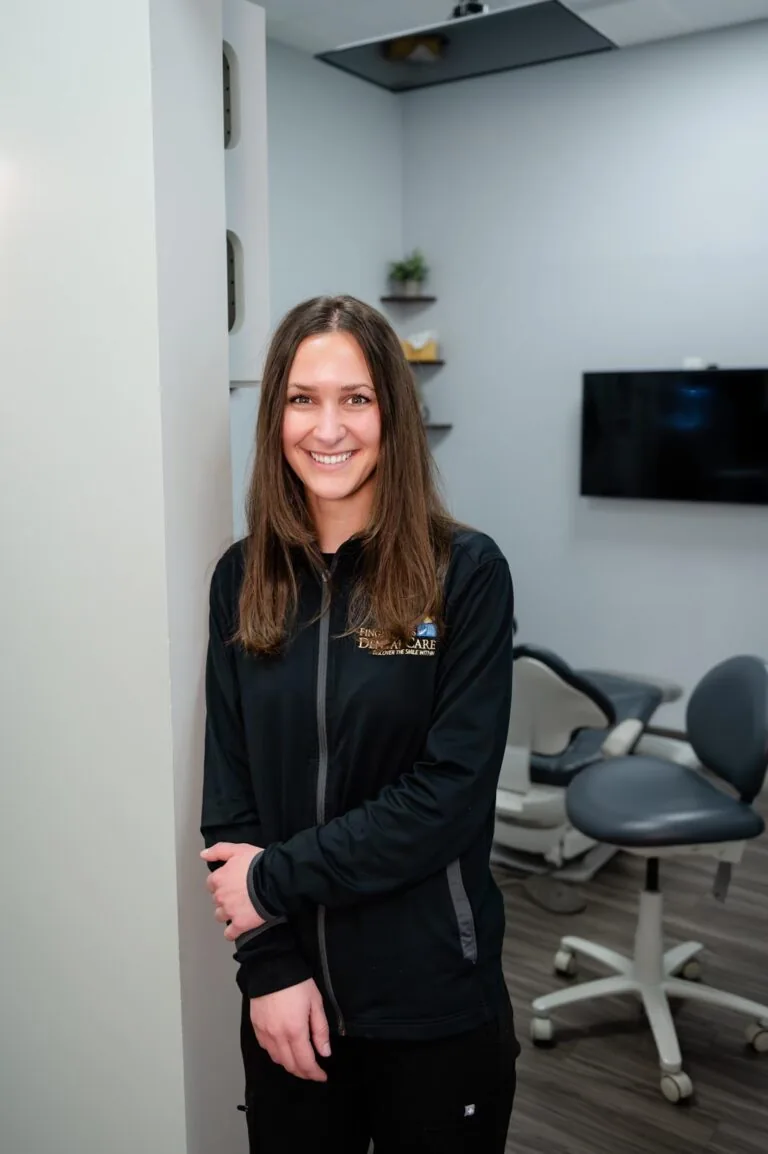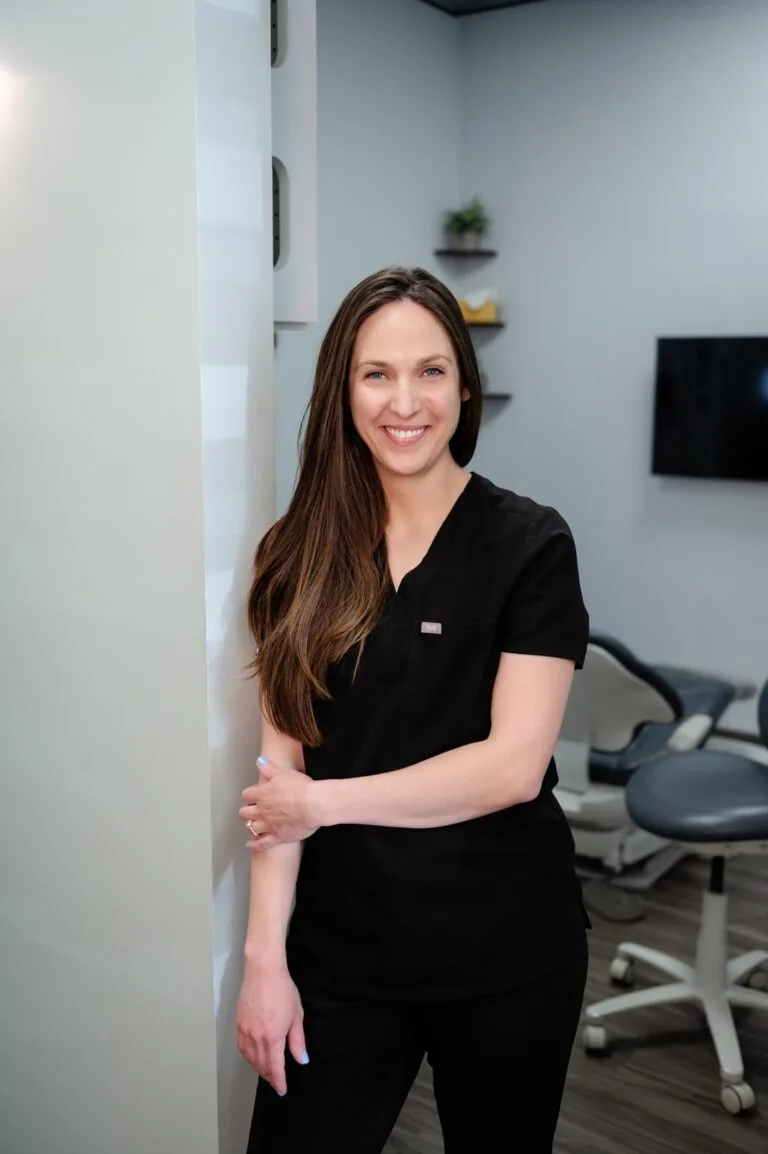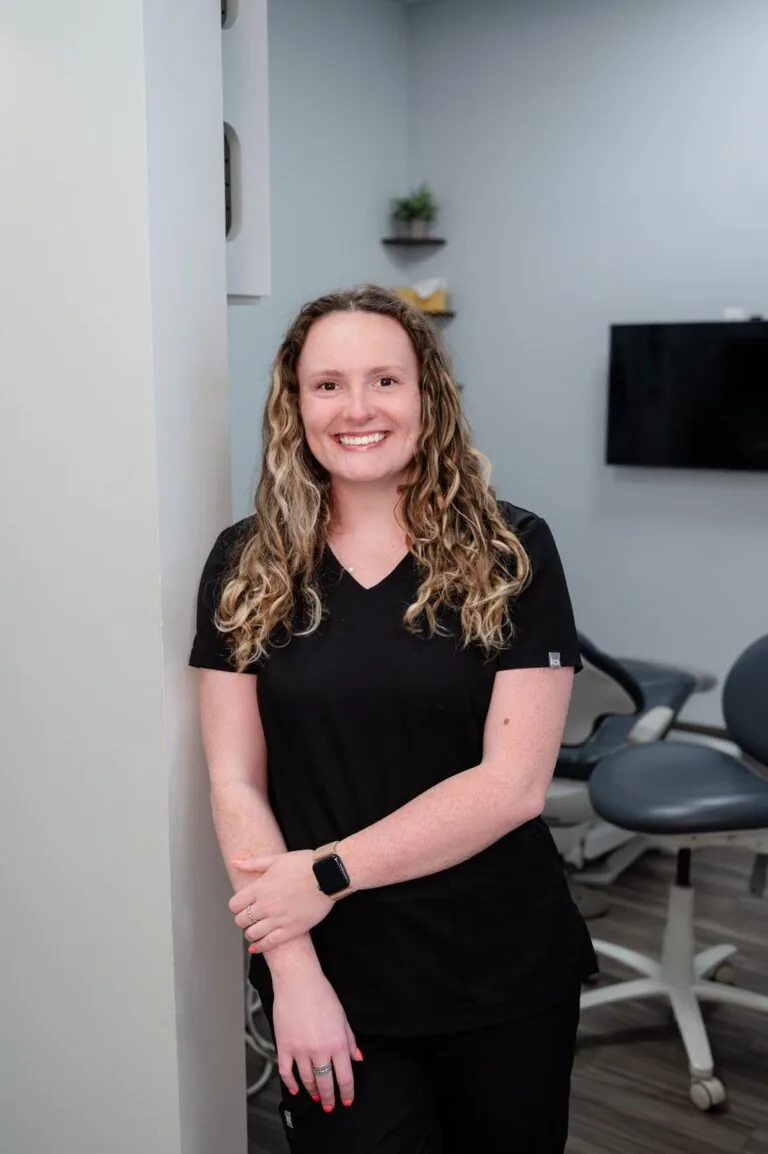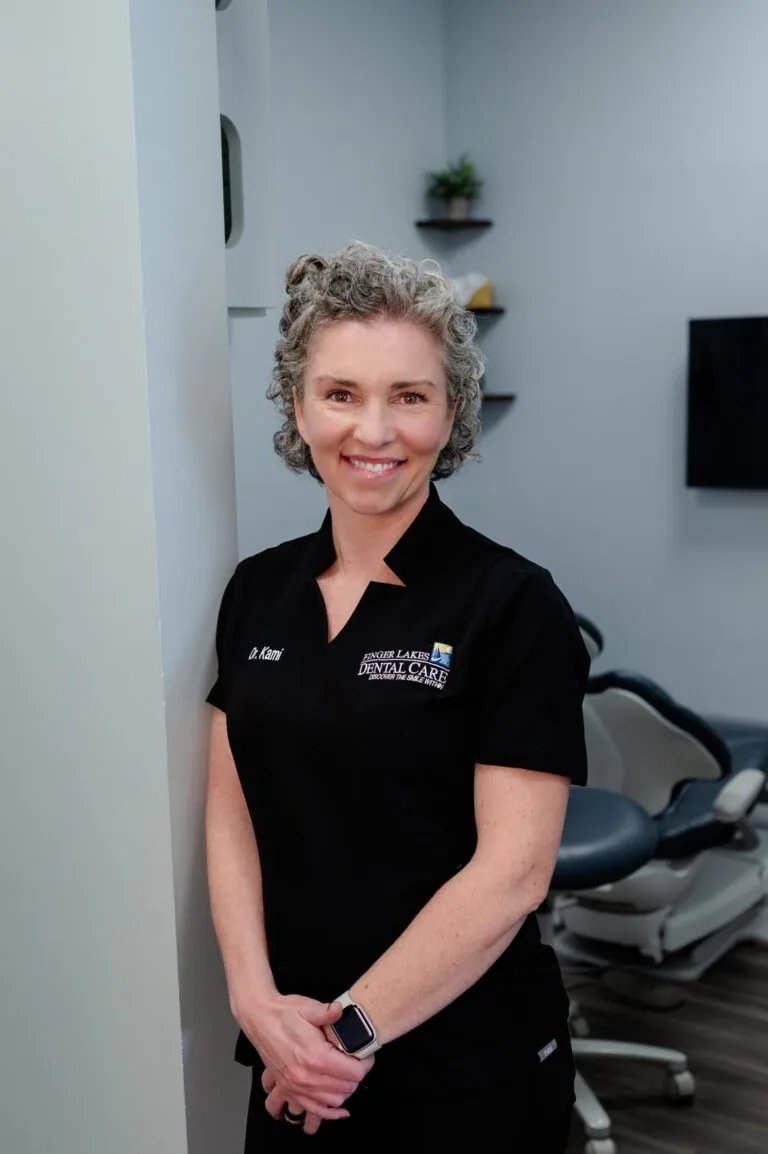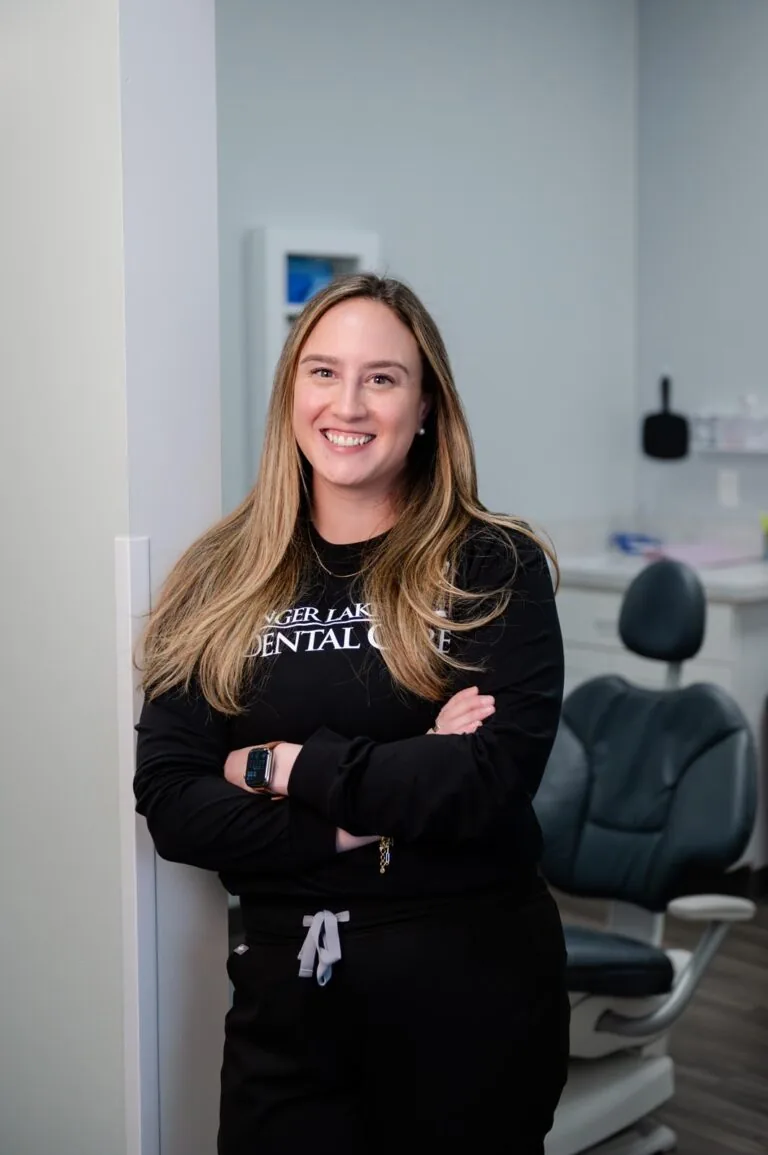Invisalign®
Invisalign® clear aligners prove that effective orthodontic treatment doesn’t have to be difficult. These ingenious appliances have helped millions straighten their teeth and achieve better-looking smiles, and they can help you too.
Invisalign® Clear Aligners
Invisalign® is an alternative to metal braces that allows you to achieve straighter teeth without other people being able to tell you are wearing anything. Invisalign® uses clear plastic aligners that are worn comfortably over your teeth, continuously adjusting alignment and spacing.
Invisalign® aligners are custom-made using models of both your current teeth and the end result you hope to achieve. With these clear aligners, you will switch to new aligners about every two weeks. Each set works on shifting the teeth little by little and continues until you have achieved your desired result, which usually takes about 20-40 weeks but sometimes can take longer.
You remove Invisalign® for eating, drinking, and cleaning only. At first, they will feel very tight, but they will begin to loosen and feel more comfortable after a few days.
We proudly offer Invisalign® at all 5 of our locations across New York. If you’re looking to improve your smile, schedule a consultation with us today!
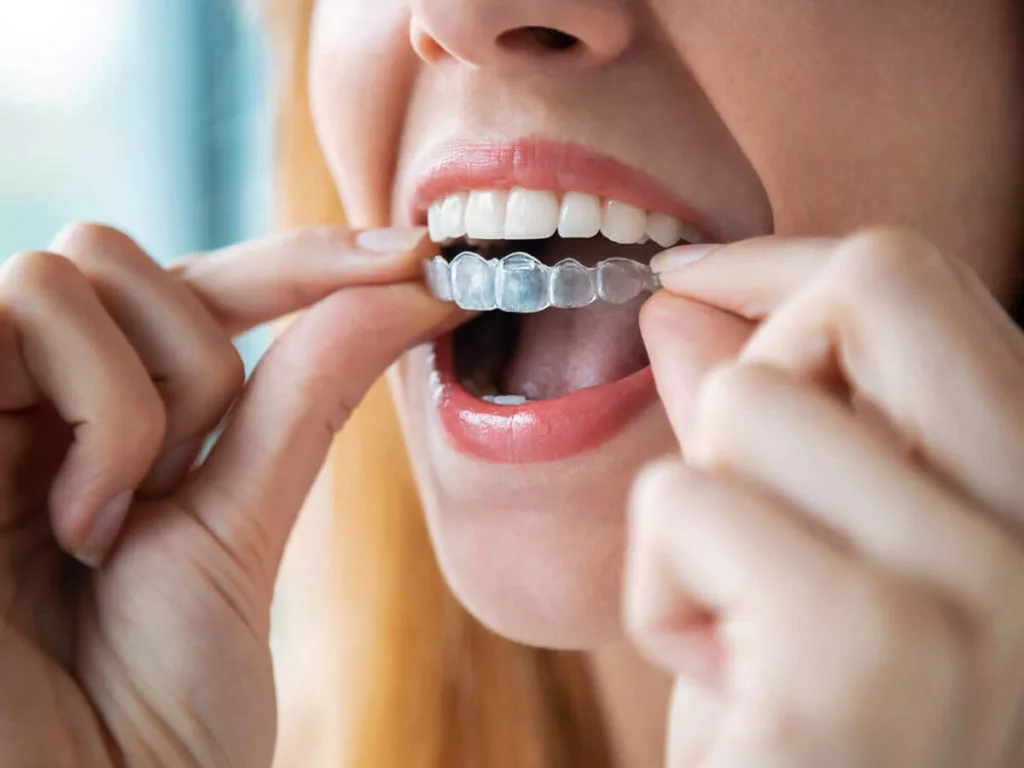
-
How does the Invisalign® process work?
To begin, we will take photographs of your teeth and face, dental impressions of your teeth, and x-rays. Those records are sent to Invisalign® with detailed instructions on how we want the final result to appear. Invisalign® will scan the impressions to create a 3D model of the teeth and work with your dentist to get the mold to its exact proportions. Once final, the trays are made and mailed to your dentist’s office. You will wear a set of trays for two weeks at a time for approximately 2 years, or the length of time determined by your dentist.
-
Is Invisalign® better than braces?
There are many differences between Invisalign® and braces, we’ve listed some of the largest ones here. Ultimately, the decision is up to you, but the introduction of Invisalign® to the market introduced a more efficient, less painful way to straighten teeth.
- Materials. Invisalign® uses clear transparent aligners, while braces use wires and brackets.
- Removability. Invisalign® aligners can be removed by the user at any time, while braces can only be removed by a professional.
- Food Restrictions. Invisalign® allows a user to eat whatever they would like and not make changes to their oral care practices, while braces restrict what the user can safely eat and require special maintenance and care.
- Injury Risks. Invisalign® aligners do not present any injury risks, while braces can lead to cuts and other injuries.
- Visibility. Invisalign® aligners are nearly impossible for others to notice, while braces are almost impossible to miss.
-
How much does Invisalign® cost?
According to Invisalign®’s website, the cost for this treatment is similar to the cost of metal braces. Costs can vary, depending on:
- Insurance coverage. Most insurance plans cover Invisalign® the same way they cover metal braces. It is rare that insurance will cover Invisalign® for purely cosmetic reasons, but each case is different.
- Length/complexity of treatment. With Invisalign®, you get new clear aligners every couple of weeks, so the cost varies, depending on if your treatment requires more (or fewer) aligners.
If you have any financial questions, please contact our office and we will be happy to discuss your insurance coverage or additional payment options available.
Contact Us -
Does Invisalign® hurt?
Invisalign® clear aligners can cause some discomfort, pain or soreness due to the fact that they are slowly shifting your teeth into place. Usually, the pain with Invisalign® aligners is less than that of metal braces, but this differs from person to person. This pain is described as pressure as your teeth shift to new positions. If you experience pain with your aligners, below are a few tips you can use to help alleviate it:
- Use an icepack or cold compress on your cheeks
- Drink cold water
- Suck on ice cubes
- Avoid eating hard foods
- Use over-the-counter pain medication
- Don’t take your aligners out too often
- Start your new aligners before bed to avoid Invisalign® pain
Interested in Invisalign®?
If you would like to set up an Invisalign® consultation, if you have any questions about how Invisalign® works, or if you're unsure if Invisalign® is right for you—contact us.
